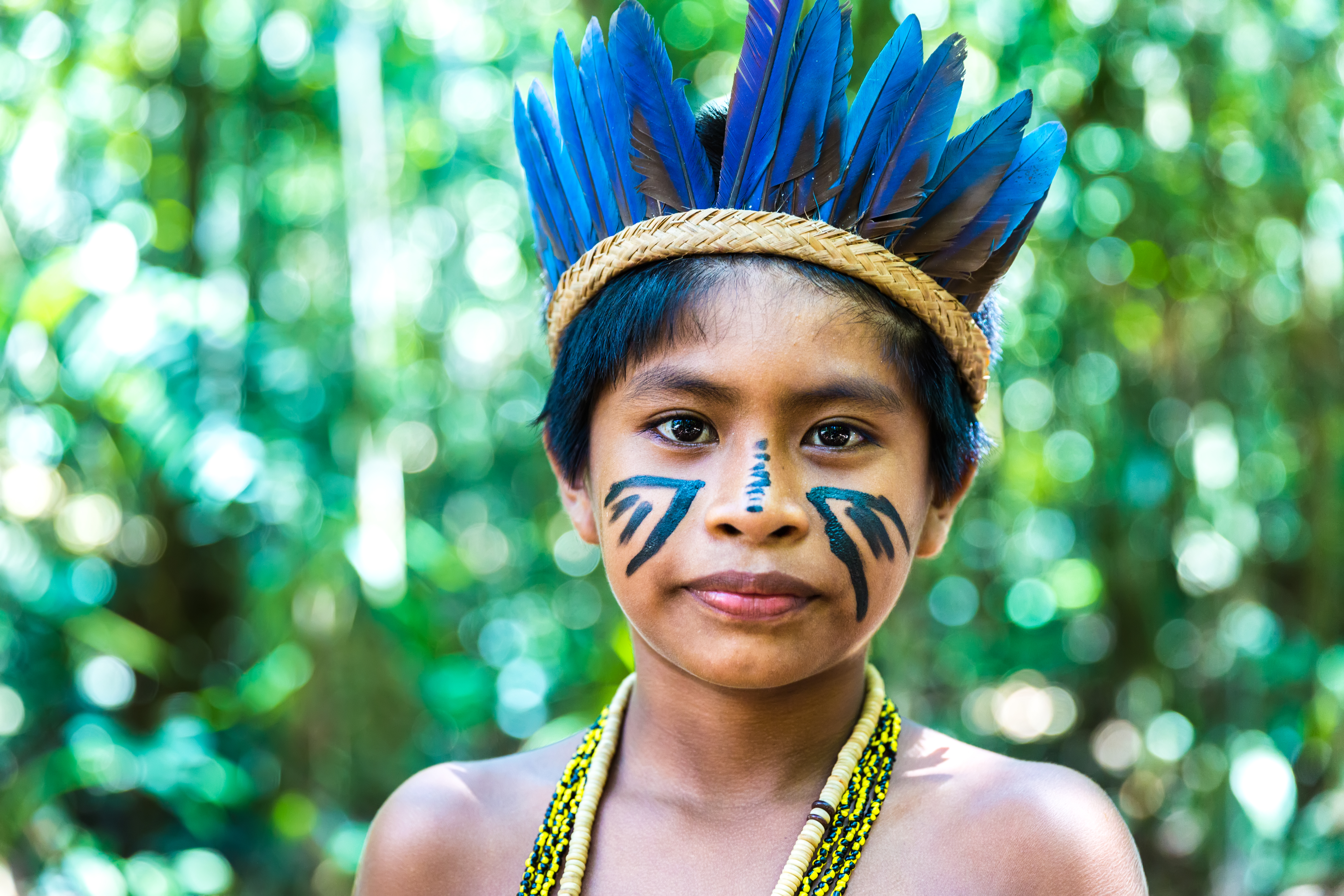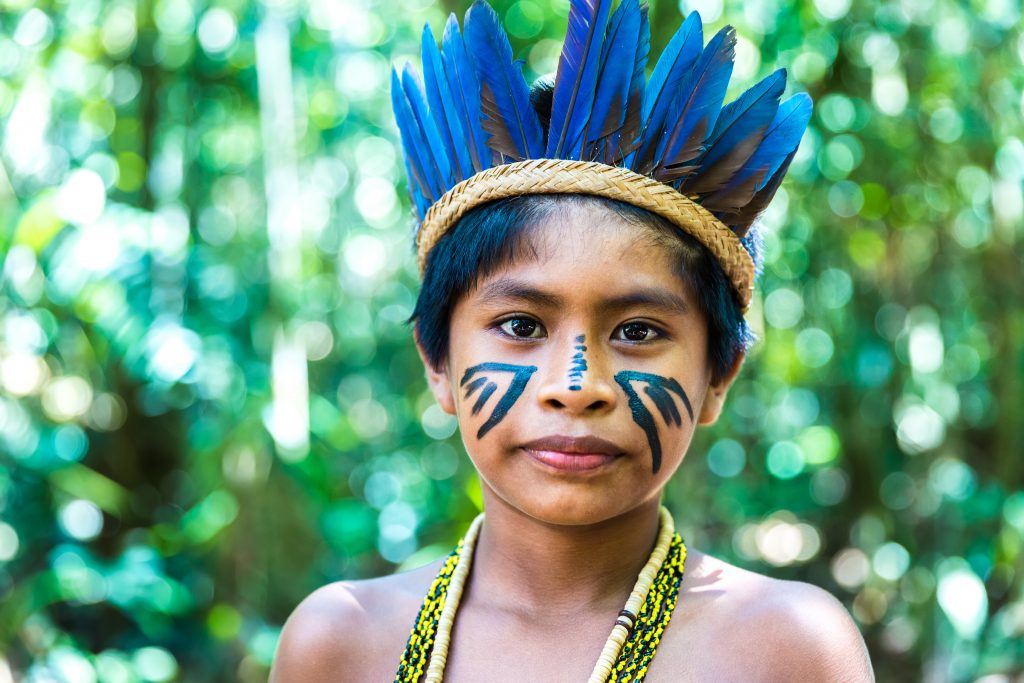
BEES AND INDIGENOUS PEOPLES

The social interest, ecological and economic by indigenous bees promotes knowledge about Brazilian native bees day by day. We wish, on this date, remember bees and Brazilian indigenous peoples. The literature brings some fascinating records of the different relationships between the different peoples and the different bees of our land. These precious beings of nature did not go unnoticed by the people who lived here, quite the contrary, the bees were observed and, in some cases, domesticated by some cultures. Since the reports of the Jesuit priest Fernão Cardim, in 1585, and the Portuguese explorer Gabriel Soares de Souza, in 1587, there is news of the biodiversity of native bees and the abundance of honey, as a basis for the food of indigenous peoples in Brazil.
lamentably, great part of pre-Columbian peoples who lived here were, along with their cultures and knowledges, extinct. Even so, the available records allow us to say that many of these peoples understood and celebrated the presence of bees. At relationships that have developed, for centuries, are much earlier than colonizing process. Each ethnic group, singularly, incorporated bees into their experience: mythologies and spiritualities linked the socializing; cultures and knowledge was constituted; honey extraction techniques and other practices developed.
It is true that they are not possible generalizations when referring to indigenous ethnicities, but naturalists and scientists report that, in different cultures, the bees were present in the food, providing honey and pollen; in clothing, providing waxes and resins; in medicinal treatments; and also in rituals. IS. L. Holmberg (1887), per example, reported honey intake, samora and moth larvae as part of Guarani eating habits. And even in nomadic indigenous groups, without tradition in land cultivation, like the so-called guaiac and tapuins, the collection and honey consumption were also a reality.
IS, beyond food, for many peoples, bees and other social insects were, in your mythologies, as allegories of their own organizations as a community. The descriptions by professors Camargo and Posey (1990) highlight the skills of the kaiapó people, extraordinary Amazon biology and ecology experts, in recognizing and classifying 56 indigenous bee species.
Some species of bees have been gradually semidomesticated and brought close to the community. Knowers of importance of pollination for land crops, the kaiappos had the practice of growing honey plants to attract bees to their cultures. One of the most fascinating skills reported is the mastery with which the shamans located, in the evening, the colonies, through the sound produced by flapping of bees' wings, ventilating the nest. Were not enough ears, Sérgio Buarque de Holanda refers, Furthermore, the perceptive eyes of several other peoples, that located the nests, following the bees in flight. According to the studious, this practice was common to almost all the native peoples of our continent.
These historical accounts, in synthesis, revive the perception that if the relationship between humans and bees is millennial, with Brazilian indigenous peoples, that would be no different, and offer clues that, in the 21st century, we still know very little about the history and cultural heritage of peoples who not only know bees indigenous, but recognize its importance for the sustainability of landscapes natural and agricultural.
Victor Eduardo G. Peruchi
Student of International Relations - UnB / Intern at the NGO Bee Or Not To Be
9 of August of 2020. International Day of Indigenous Peoples
Embark on this journey:
Holmberg, IS. L. (1887) Travel to Missions. He was. Acad. No.. prices. v. 10 p.252-288.
Holland, Sergio B. (1957) Paths and borders. Cap. 3: Wax and honey. Ed. José Olympio, RJ.
Nogueira-Neto P. (1997) Life and breeding of stingless indigenous bees. Sao Paulo, Nogueirapis.

Sorry, the comment form is closed at this time.